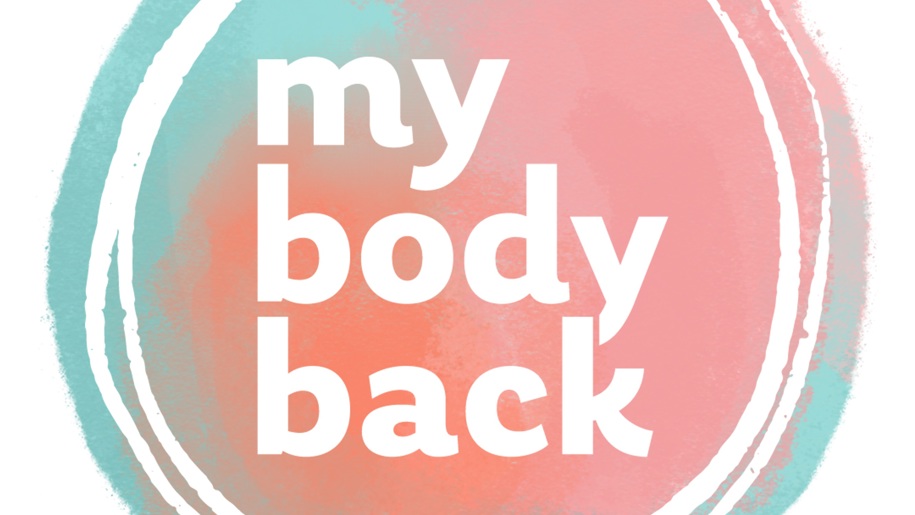To mark Cervical Cancer Prevention Week, we have developed a set of tips for healthcare professionals with The My Body Back Project. The prospect of a cervical screening can be very daunting for some women, and for those who have experienced sexual violence it can be triggering and cause emotional distress.
We’ve teamed up with The My Body Back Project, which provides specialist services for those who have experienced sexual violence, to develop these top tips for healthcare professionals to make all cervical cancer screening attendees* feel as comfortable as possible during their appointments.
We know that there are many reasons why someone may be anxious about their cervical screening. While these tips have been developed with experts in supporting those who have experienced sexual trauma, they can help anyone who finds screenings challenging.
-
Communication – language and listening - build trust by listening and acknowledging rather than downplaying any concerns.
Describing a cervical screening as a quick procedure and nothing to worry about may invalidate the attendee’s worries, and similarly trying to frighten or shame them into it could increase anxiety. Try to reframe it in a supportive and positive way, e.g. “I believe you deserve access to this service and I want to help you with it”.
For survivors of trauma, most never tell a healthcare professional, so it is likely that during your career you will see a survivor but you could be unaware. Therefore listen, be open to cues and provide a supportive environment for them to disclose if they wish to, without pressure to share if not.
Think about the words you use during the procedure itself and ask if there are any specific words you should avoid. Some phrases may be triggering e.g. "just relax!", “open your legs”, "it will be over soon". If this was said to them at the time of previous trauma you could trigger flashbacks and dissociation, which can be very damaging.
-
A sense of calm – how can you can make the environment feel calm and safe?
Think about what you can do to put the attendee at ease, this might include directing the examination couch away from the door and avoiding unnecessary interruptions or noise.
Check in with each attendee regularly. How are they feeling? If previous trauma, ask if they have experienced flashbacks or dissociation.
Strategies that could help them feel relaxed include:
- focused, guided breathing
- focused attention e.g. on specific senses/ holding something/ artwork in the room/ music on their phone
Being mindful throughout the screening can help reduce anxiety and reduce the risk of dissociation.
-
Share control – Consider how you can demonstrate shared control within the consultation and examination.
Establish agreed rules e.g. “tell me if you want me to wait before continuing or to stop altogether” and remember stop means stop! Continuing after you’ve been told to stop can be damaging and counter-productive.
They may wish to introduce the speculum themselves, or it might help them to have their hand on yours as you hold and introduce the speculum.
Consent is only valid if a person agrees freely, and is able to make a choice – they should not be coerced and should know that they are free to stop the procedure and walk away without being judged for wasting the clinician’s time.
-
Position – a good position can make all the difference to their comfort and your ability to visualise the cervix.
Move the examination couch high enough, position the light well, and advise they bring their feet up with their legs resting outwards onto the couch. Tell them in advance that they may need to lift their buttocks by sitting on their hands or a wedge, or that you may tip the couch.
Try to avoid unnecessary exposure – even if you only have a piece of paper towel, showing that this is important sets the tone for preserving dignity and building trust. The sheet can be in place while they are getting into position so that they are exposed for as little time as possible.
A survivor of trauma may find lying on their back triggering so examining in the left lateral position may be preferable. Don’t be afraid to try different positions and different instruments such as a longer or a smaller speculum.
-
It’s about time…. Offer a double appointment so there is time to check in, build trust and for the woman or person with a cervix to feel ready to be examined.
Sometimes they may need to multiple appointments before they’re able to have the cervical screening. Having the appointments with the same clinician can help build trust. Knowing that they are free to continue or stop and return another time increases their chance of a successful screening.
- * In this piece ‘attendee’ describes women and people with a cervix who will be invited to cervical screenings.
- To find out more about My Body Back visit www.mybodybackproject.com/

